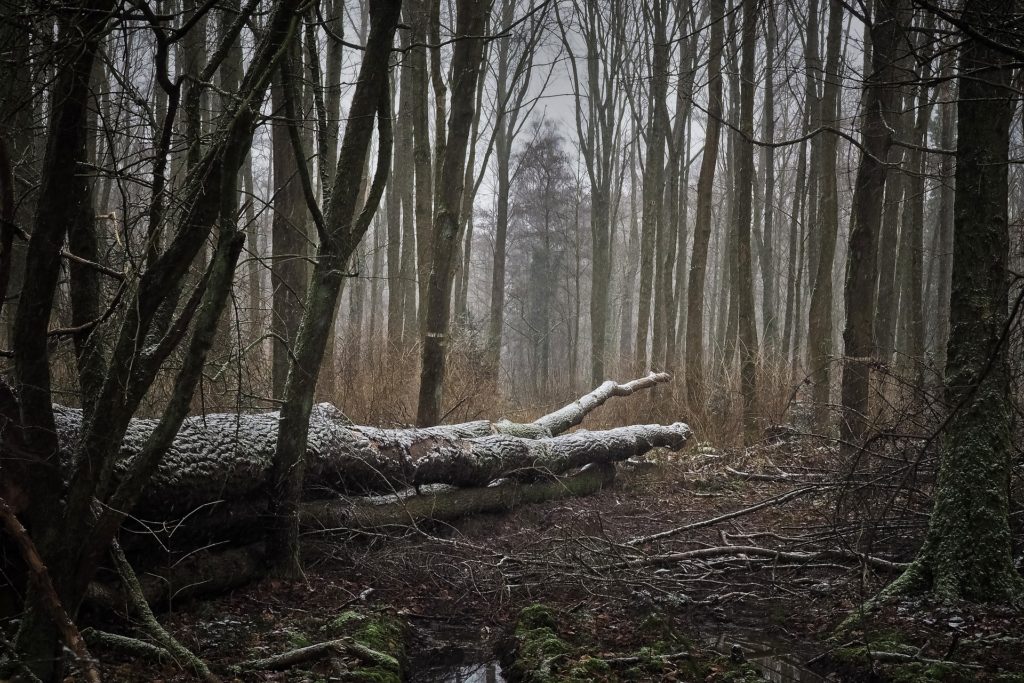You may have come across the term TPOs (Tree Preservation Orders) before, but you may not know what it actually means. At the most simplistic level, TPOs are in place to protect specific trees, but how do they come about, what do they mean and what happens if you breach the order? We explain all of these questions in more detail below but if in doubt contact one of our Manchester tree surgeons today.
Tree preservation orders are made under Section 198 of the Town & Country Planning Act 1990, which makes it an offence to “cut down, top, lop, uproot, wilfully damage or wilfully destroy a tree without the planning authority’s permission.” Breaching an order can result in a £20,000+ fine, so it’s definitely worth finding out the details and circumstances that surround them.
Whilst you may think TPOs are in place to protect old or rare trees, this isn’t always the case, as the main aim of a TPO is to give protection to trees that provide amenity value to the public or have a significant impact on the environment. This means that even if a tree is in your own garden, it could have a TPO on it if it can be seen or ‘enjoyed’ by the public.
The orders can be placed upon any trees, but they don’t apply to shrubs or bushes.
Who puts them in place?
Anyone can apply for a TPO, so if you wish to submit one you will need to write to your local planning authority detailing the reasons for the request. They will be able to advise you on next steps from there.
How do you check if a TPO exists?
You should be able to check on your local government or council’s website to see which trees are protected and where, if this infomation isn’t available online contact the most relevant person via email and they should be able to point you in the right direction. Stockport Council has an interactive map showing where TPOs are in place, which you can view here.
What if you need to work on a tree with a TPO?
There will be cases where work is required on a tree that has a TPO in place, such as when a tree has died. In this circumstance you will need permission to carry out this work from the Local Planning Authority. Requests to work on a dead or diseased tree should be submitted at least a week before any work is due to take place. Any other requests should be made around 8 weeks in advance of any proposed work.
Now that you have all the information to check if your trees are protected, why not move on to the next step; how to cut down a tree.

